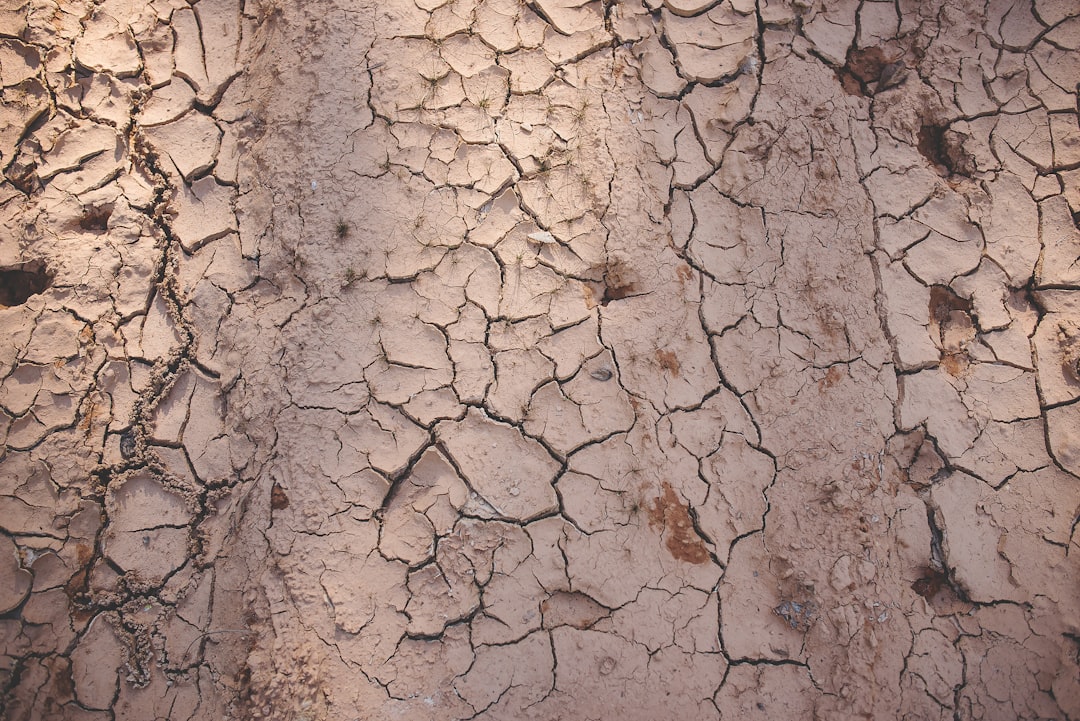What is it about?
3D tubular scaffolds made from Poly-(ε-caprolactone) (PCL)/Chitosan (CS) nanofibres are very promising candidate as vascular grafts in the field of tissue engineering. In this work, the fabrication of PCL/CS blended nanofibrous tubes with small diameters by electrospinning from separate PCL and CS solutions is studied. The influence of different CS solutions (CS/polyethylene glycol(PEO)/glacial acetic acid (AcOH), CS/ trifluoroacetic acid (TFA), CS/AcOH) on fibre formation and producibility of nanofibrous tubes is investigated. Attenuated total reflection fourier transform infrared spectroscopy (ATR-FTIR) is used to verify the presence of CS in the blended samples. Tensile testing and pore size measurements is done to underline the good prerequisites of the fabricated blended PCL/CS nanofibrous tubes as potential scaffolds for vascular grafts. Tubes fabricated from the combination of PCL and CS dissolved in glacial acetic acid possess properties which are favourable for future cell culture studies.
Featured Image
Why is it important?
This basic research led to mechanical stable tubes made of blended PCL/CS nanofibres. Tubular samples with wall-thicknesses from 0.3 mm – 0.4 mm could be successfully fabricated. The combination of PCL and CS dissolved in AcOH proved to be the most suitable solution for the electrospinning of blended PCL/CS nanofibrous tubes. The native fibre morphology of electrospun PCL and CS fibres could be preserved, leading to a hierarchical structure (thick PCL fibres intermingled by a very fine CS-fibre network). Good mechanical properties and reproducible pore size distributions could be achieved. This could be advantageous in cell culture studies since it enables the selective cell-attachment on the CS nanofibres.
Read the Original
This page is a summary of: Pcl/Chitosan Blended Nanofibrous Tubes Made by Dual Syringe Electrospinning, Autex Research Journal, January 2015, De Gruyter,
DOI: 10.1515/aut-2015-0016.
You can read the full text:
Contributors
The following have contributed to this page










